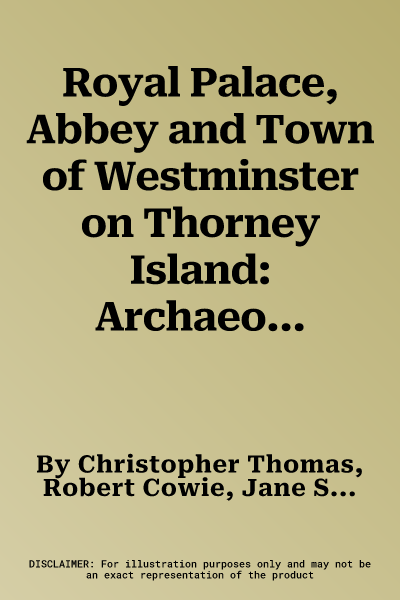Christopher Thomas
(Author)Royal Palace, Abbey and Town of Westminster on Thorney Island: Archaeological Excavations (1991-8) for the London Underground Limited Jubilee Line ExtPaperback, 1 February 2006

Qty
1
Turbo
Ships in 2 - 3 days
Only 3 left
Free Delivery
Cash on Delivery
15 Days
Free Returns
Secure Checkout

Part of Series
Mola Monograph
Part of Series
Mola Monographs
Print Length
224 pages
Language
English
Publisher
Mola (Museum of London Archaeology)
Date Published
1 Feb 2006
ISBN-10
1901992500
ISBN-13
9781901992502
Description
Product Details
Book Format:
Paperback
Country of Origin:
GB
Date Published:
1 February 2006
Dimensions:
29.69 x
21.41 x
1.85 cm
Genre:
British
ISBN-10:
1901992500
ISBN-13:
9781901992502
Language:
English
Location:
London, England
Pages:
224
Publisher:
Weight:
902.65 gm